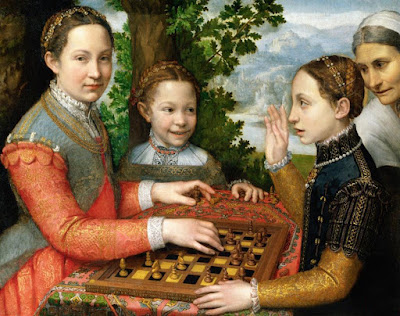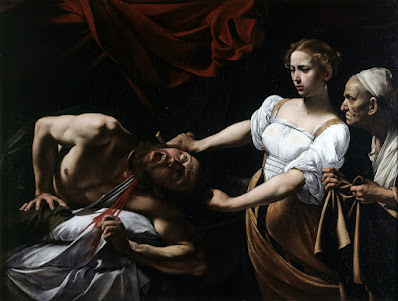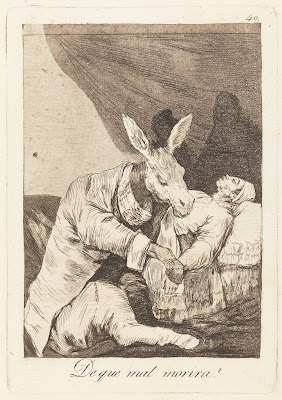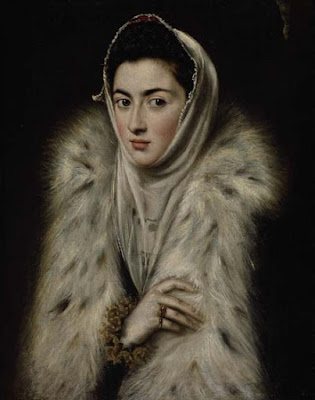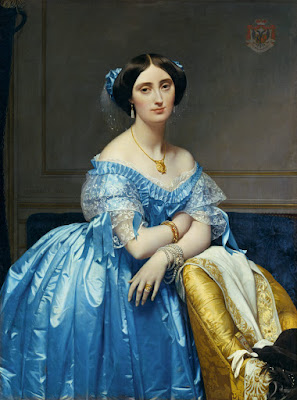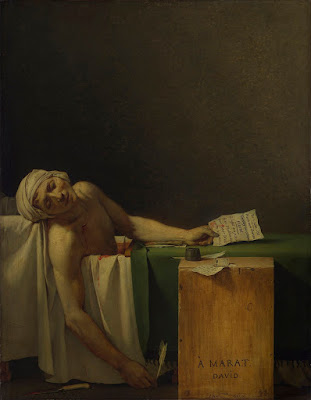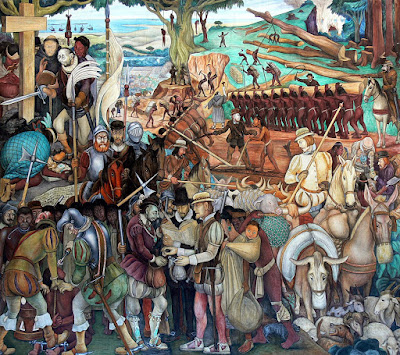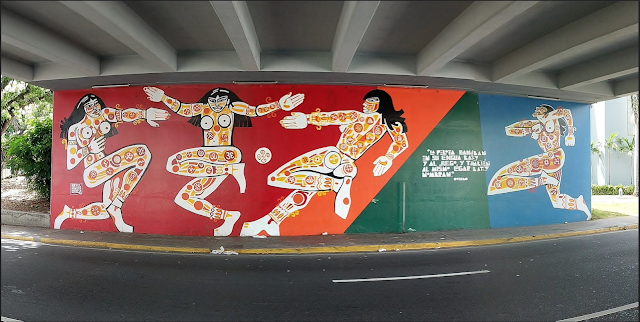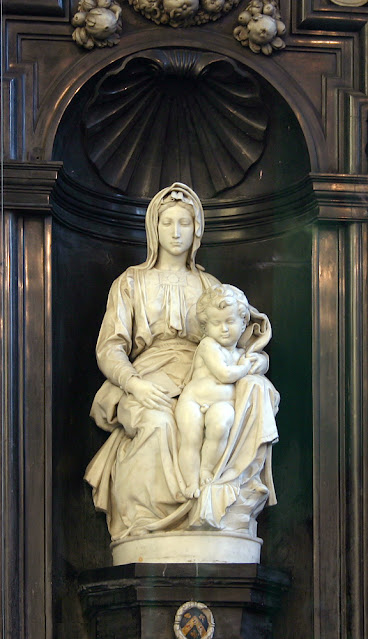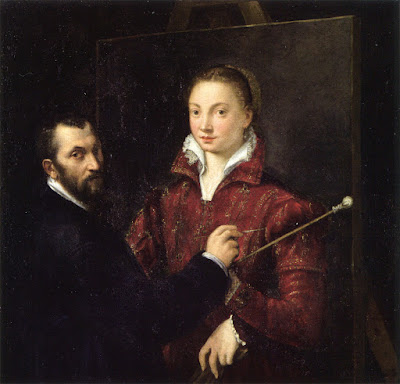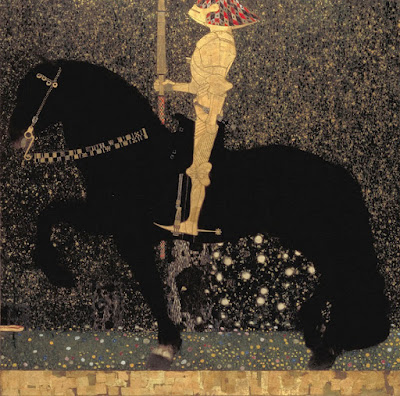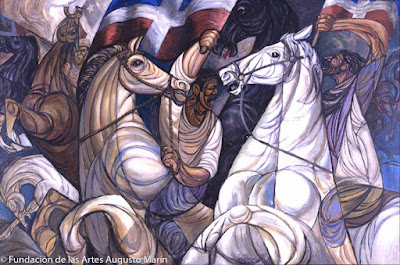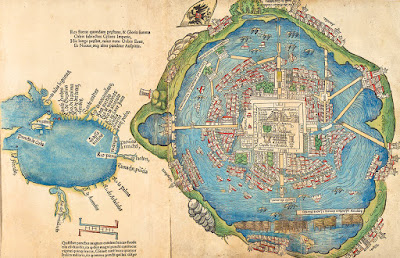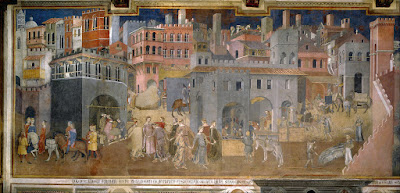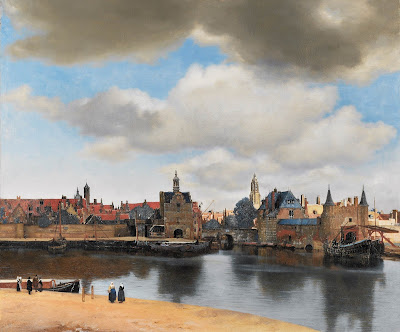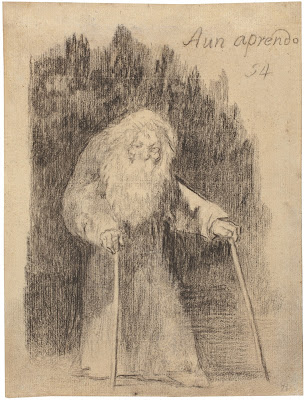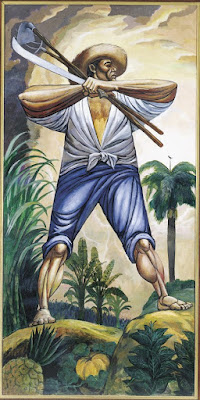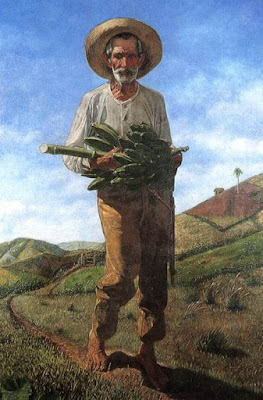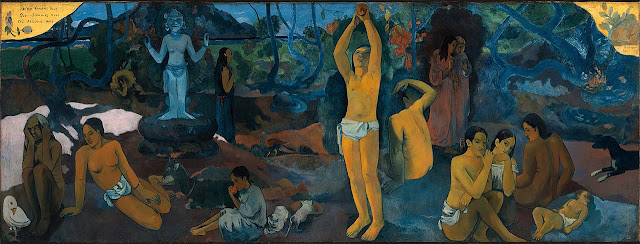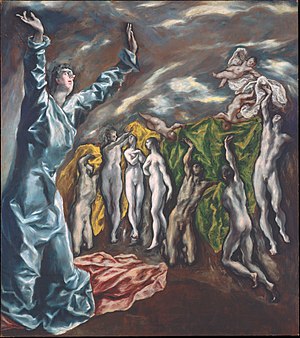What a Golden Beak! By Francisco Goya (Interpretation and Analysis)
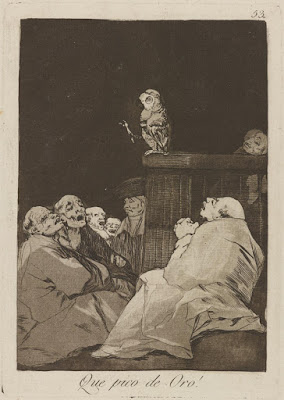
What a Golden Beak! Source: Philadelphia Museum of Art I want to return to talking about one of my favorite subjects in art: Francisco Goya’s Los Caprichos series. Today I want to touch on the 53rd etching in the series, Que pico de Oro! (What a Golden Beak!) As I’ve noted before, Spain was slow to adopt the social and intellectual advances of the Enlightenment movement. The Spanish intellectual class was rather conservative, and was thus often decades behind the academic and scientific progress. What a Golden Beak! presents a criticism of Spanish scholars. Here, a group of men surround a parrot, perched on a raised dais. The men, open mouthed and idiotic, look up at the parrot intently; the image was sarcastically described by Goya as “an academic meeting” in the Prado Manuscript, which contains his contemporary descriptions of each piece. Goya’s title plays off the phrase “golden beak,” which a contemporary Spanish dictionary defines as “a speech given with energy, discretio

